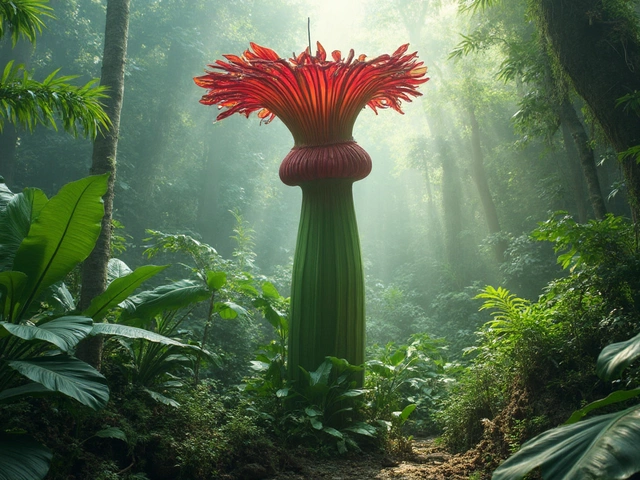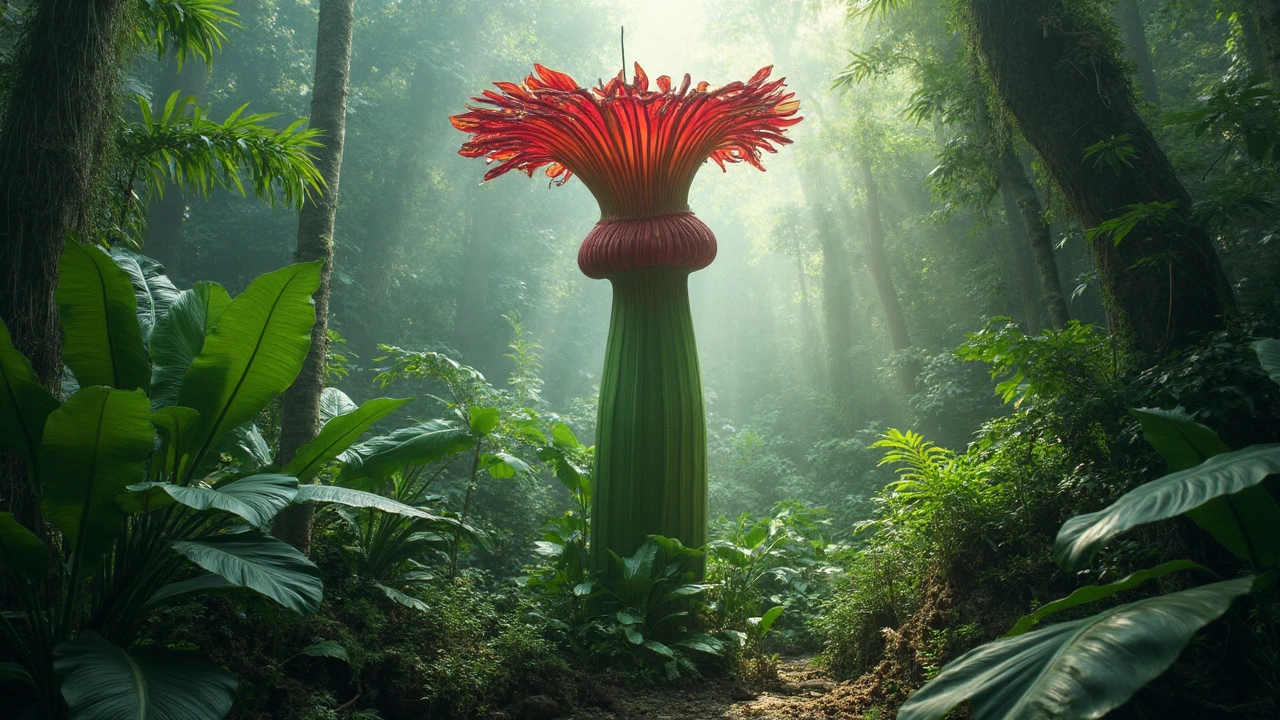Smelly Flower Basics: What You Need to Know
If you’ve ever walked past a garden and been hit by a powerful smell, you’ve met a smelly flower. These plants can be a blessing or a nuisance, depending on where you put them and how you handle them. In India’s varied climate, many native and exotic blooms release strong aromas to attract pollinators. Understanding why they smell and how to control that scent will let you enjoy their beauty without waking up the whole neighborhood.
Why Some Flowers Smell Strong
Flowers produce fragrance to lure insects that help them make seeds. The stronger the scent, the farther the signal travels. For example, jasmine, tuberose, and marigold are famous for their heavy perfume because they need to stand out in hot, windy conditions. Some smelly flowers also use odor to deter herbivores; a stinky bloom can keep rabbits and bugs away while still attracting the right pollinator.
Climate plays a big role. In hot Indian summers, volatile oils evaporate faster, making the smell more intense. Soil type, watering habits, and plant age also affect how much scent a flower releases. Younger plants often give off a milder perfume, while mature blooms can fill a whole terrace with fragrance.
Tips to Control the Aroma
Here are simple tricks you can try right away:
- Plant placement: Put the strongest scented plants near the back of a fence, next to a patio, or away from bedroom windows. This keeps the smell where you want it and prevents it from drifting into living spaces.
- Prune wisely: Regularly trim wilted or over‑blooming stems. Removing excess flowers reduces the total fragrance output and encourages the plant to produce fresh, more manageable buds.
- Companion planting: Pair smelly flowers with neutral‑scented herbs like mint, basil, or rosemary. These can mask overly strong aromas and also help repel pests.
- Soil moisture: Well‑watered plants often release more scent. In dry periods, cut back on watering a bit (but don’t stress the plant) to tone down the perfume.
- Container gardening: If you’re unsure about a flower’s odor, grow it in a pot. You can move the pot around or keep it on a balcony where the smell won’t overwhelm the house.
Experiment with these ideas and note how the scent changes. Everyone’s garden is different, so a little trial and error will help you find the perfect balance.
When you finally get the hang of it, you can use smelly flowers to your advantage. Planting jasmine along a walkway creates a welcoming welcome mat of fragrance for guests. Tuberose in a night‑garden adds a sweet scent that only comes out after sunset, making evenings feel magical. Even a few marigold stems in a compost heap can mask the typical garden smell while adding a splash of color.
Remember, a smelly flower isn’t a problem—it’s a tool. With the right placement, pruning, and companion plants, you can enjoy the perfume without the headaches. So next time you see a gush of aroma, smile, adjust, and let your garden tell its fragrant story.
Discovering the Corpse Flower: Nature's Bizarre Marvel
Ever heard of a flower that smells like a dead body? Meet the Titan Arum, also known as the corpse flower. Native to Indonesia, this bizarre plant is famous for its powerful, unique aroma that mimics rotting flesh. While it might not be a garden favorite scent-wise, its massive size and fascinating blooming cycle make it a striking addition to any garden enthusiast's collection. Read on to explore its intriguing characteristics and tips for growing it.
About
Flower Gardening
Latest Posts


Indian God of Vegetables: Myth, Meaning, and Tips for Better Gardening
By Alden Thorne Apr 26, 2025

Does Rice Grow Back Every Year? Understanding Rice's Regrowth Cycle
By Alden Thorne Jun 6, 2025

Which Flower Is Most in Demand in India? Digging Into the Popular Choices
By Alden Thorne Apr 30, 2025

